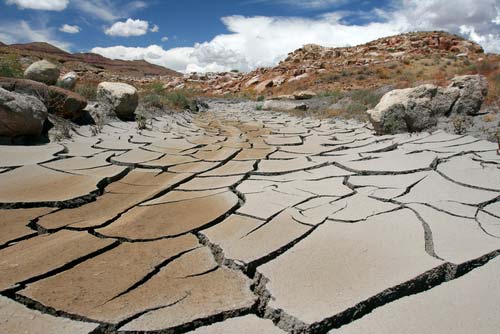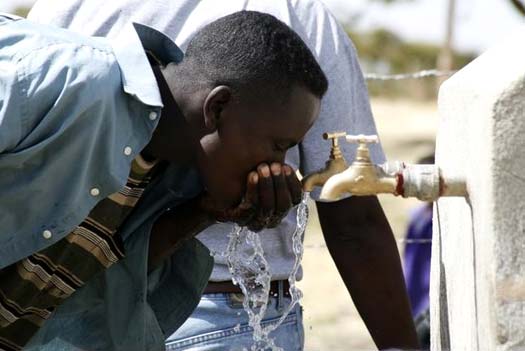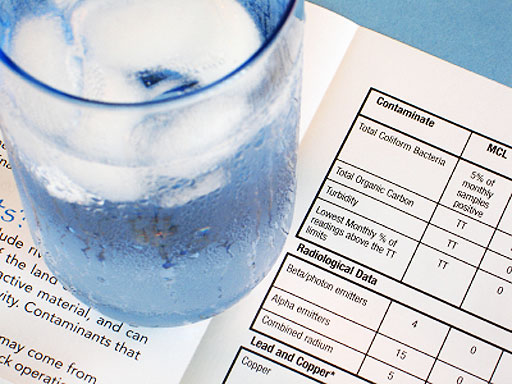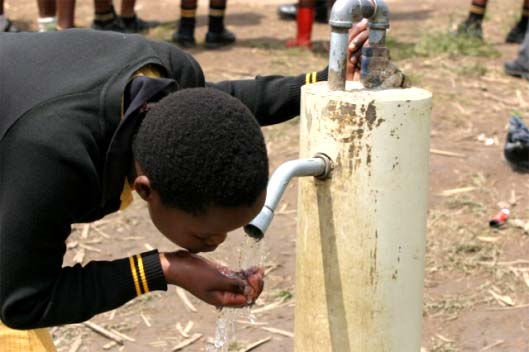An investigation by the Associated Press (AP) has revealed that the drinking water of at least 41 million people in the United States is contaminated with pharmaceutical drugs.
It has long been known that drugs are not wholly absorbed or broken down by the human body. Significant amounts of any medication taken eventually pass out of the body, primarily through the urine.
“People think that if they take a medication, their body absorbs it and it disappears, but of course that’s not the case,” EPA scientist Christian Daughton said.
While sewage is treated before being released back into the environment, and water from reservoirs or rivers is also treated before being funneled back into the drinking water supply, these treatments are not able to remove all traces of medications. And so far, the EPA has not regulated the presence of pharmaceuticals in drinking water, meaning that there are no laws in existence today that protect consumers from this increasingly dangerous chemical contaminant of the water supply. Read more












